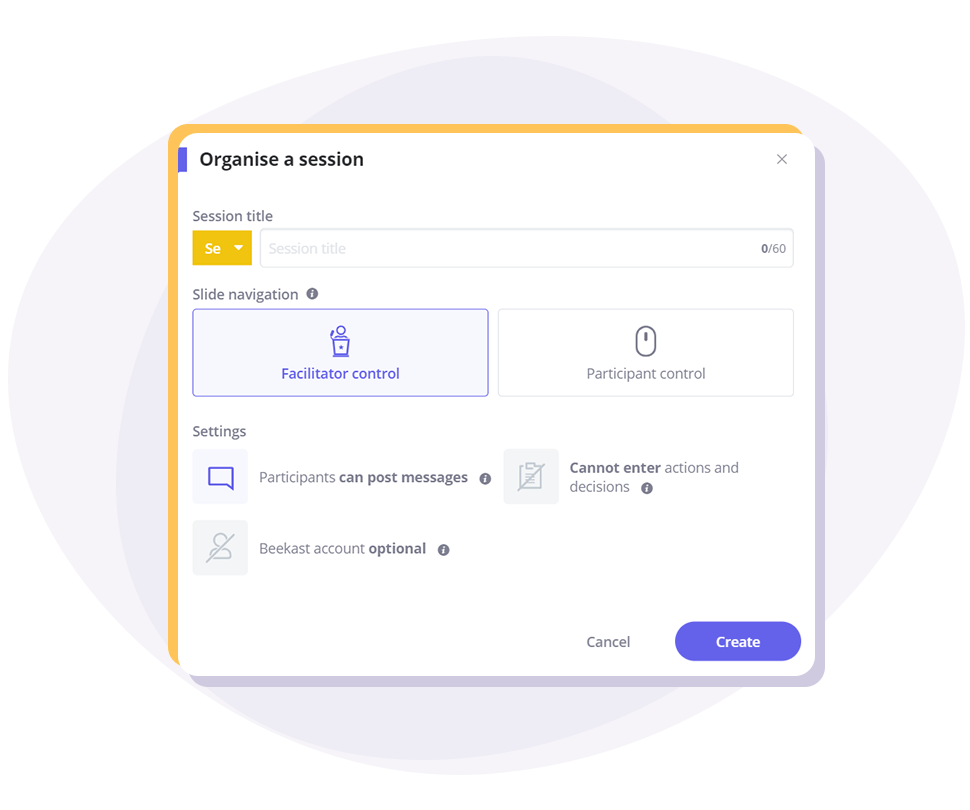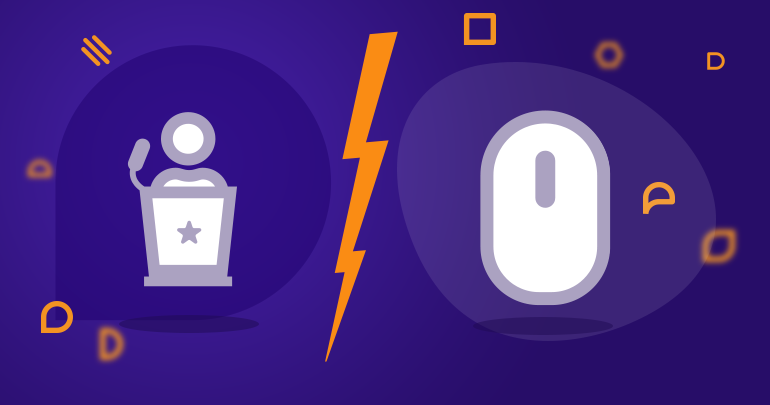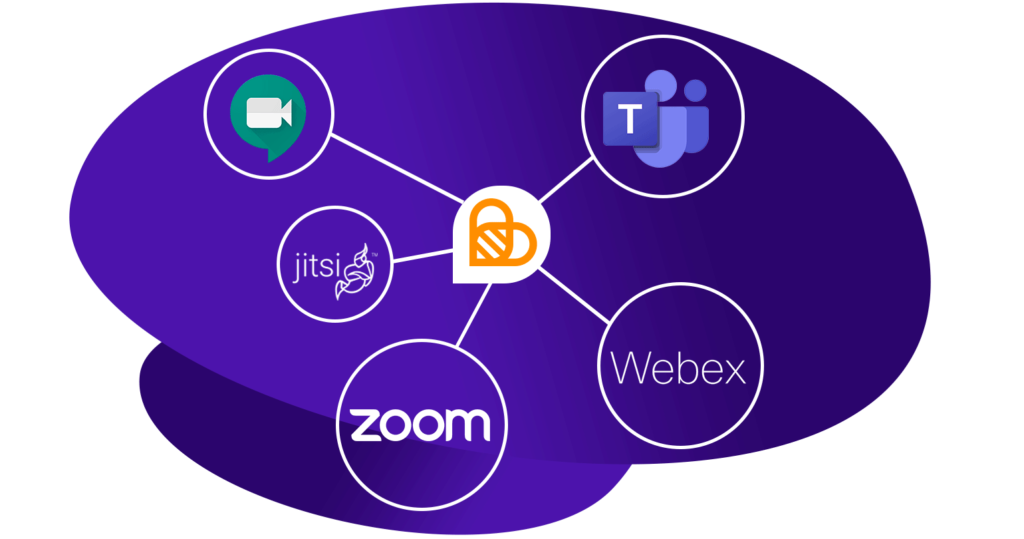Before organising the next Beekast meeting, you need to set up your session, starting with the slide navigation method best suited to your meeting.
You have two options available: facilitator control or participant control.
But which one is the right fit for the type of meeting you’ve got in mind?
Two slide navigation methods: what’s the difference?

- Slides controlled by the meeting’s facilitator
This is the most traditional navigation method. In this configuration, participants can’t control when slides are changed. When the facilitator changes slides, the slides also change on the participant’s end. This is synchronous mode.
- Slides controlled by the participant
Each participant is in control and decides when to move to the next slide. They are independent and proceed at their own pace. This is asynchronous mode.
The benefits of participant control
Although facilitator control has always been available at Beekast, participant control is a far more recent feature.
It has already been embraced by many users, especially those promoting teleworking for teams.
Since the participant can go through the slides at their own pace, they progress independently and can contribute to activities when they choose.
With this mode, the possibilities are vast, especially when done remotely.
This means you can easily organise:
- virtual meetings with no time or space constraints: participants can join in the activities (brainstorming, survey, quiz, etc.) after the fact, depending on how they spend their time. They can also play a large part in preparing the meeting, by contributing to the agenda and submitting topics for discussion.
- remote training: developing educational tracks that can be completed independently and remotely so the learner can work at their own pace. What’s more, the trainer evaluates individual progress and follows up with each person on what they learned.
→ Gamify your training modules with the Beekast Journey
For an information meeting, an event or any top-down presentation in front of viewers, facilitator control lets the host get their audience participating by sprinkling interactive activities into their presentation at their leisure. In this case, it’s the facilitator who sets the pace for the information and who runs the meeting.
Where synchronous mode makes it possible to host a live meeting, asynchronous mode enables discussions to be prepared in advance, with a collaborative conclusion. Two complementary methods for highly productive collaborative meetings.
Want to lean more? Visit our help centre.

